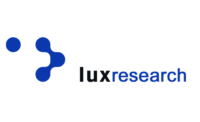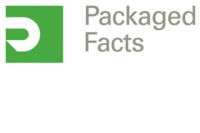Alternative Sweeteners Gain 12% Share of $73.4 Billion Market
Sucrose remains the dominant ingredient but health concerns, led by an obesity epidemic, drive the global sweetener market toward alternatives

Driven by the global rise of obesity, diabetes, and other health concerns, alternative sweeteners have gained a 12% share of the $73.4 billion global market for sweeteners and 22% of its volume by sucrose equivalent (SE), according to Lux Research.
Within the alternative sweetener sector, high-fructose corn syrup (HFCS) accounts for 12% of the market by SE volume, while high-intensity sweeteners (HIS) also called non-nutritive sweeteners, are third with an 8% share. Low-intensity sweeteners (LIS) and natural sweetener alternatives account for 1% each.
“Sucrose is the gold standard that all sweeteners aspire to, but growing health concerns and demand for naturally sourced sweeteners, will lead to the rise of alternative sweetener combinations providing the full range of functionalities offered by sucrose,” said Camilla Stice, Lux Research Analyst and the lead author of the report titled, “Just a Spoonful of Sugar: Sizing the Global Sweetener Market.”
Lux Research analysts studied the global sweetener market, evaluating the opportunities for alternative sweeteners. Among their findings:
Americas top in per capita consumption. On a per capita basis, South America tops with 68 kg of SE per year, with North America behind at 49 kg. In alternatives, North America is by far the leader, consuming 18 kg SE per capita each year, almost three times the global average.
Beverages dominate alternatives use. Beverages constitute the single-largest end use for HFCS (70%), HIS (74%) and Naturals (66%) while only 32% of sucrose goes to beverages.
Natural products gaining market share. Natural sweeteners now make up only 1% of the total sweetener market by volume. But products like rare sugars, stevia, monk fruit, and sweet proteins are gaining traction and have the potential to gain market share from both sucrose and other alternative sweeteners.
The report, titled “Just a Spoonful of Sugar: Sizing the Global Sweetener Market,” is part of the Lux Research Food and Nutrition Intelligence service.
Looking for a reprint of this article?
From high-res PDFs to custom plaques, order your copy today!







